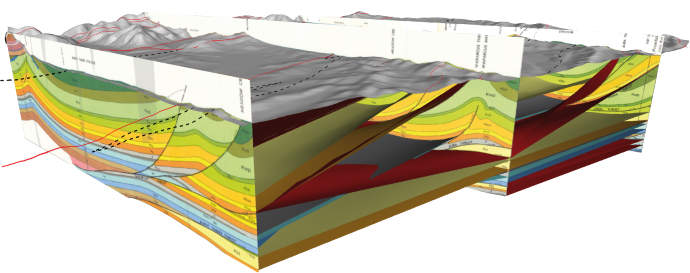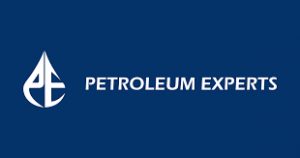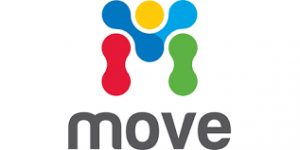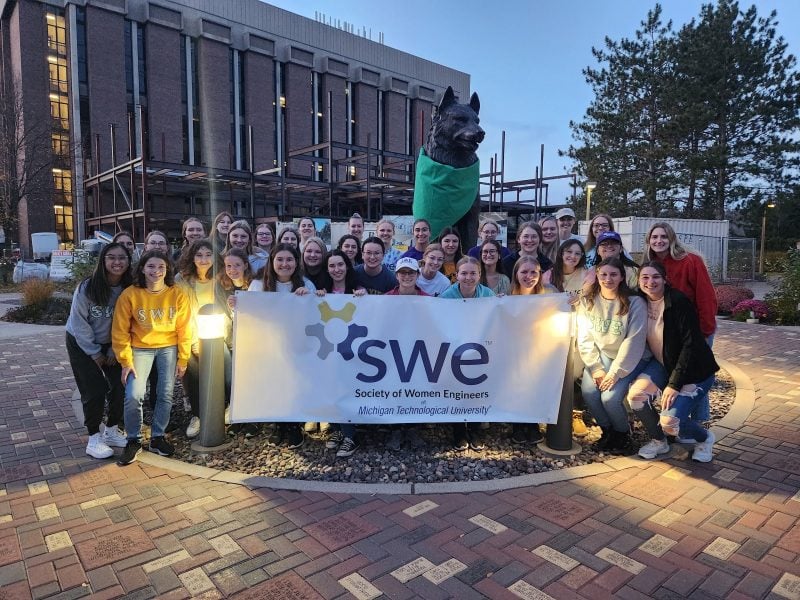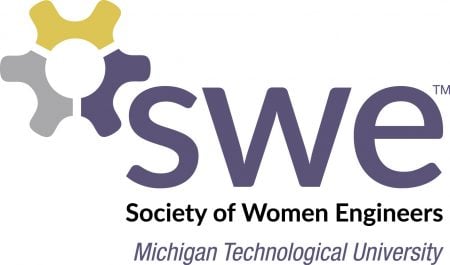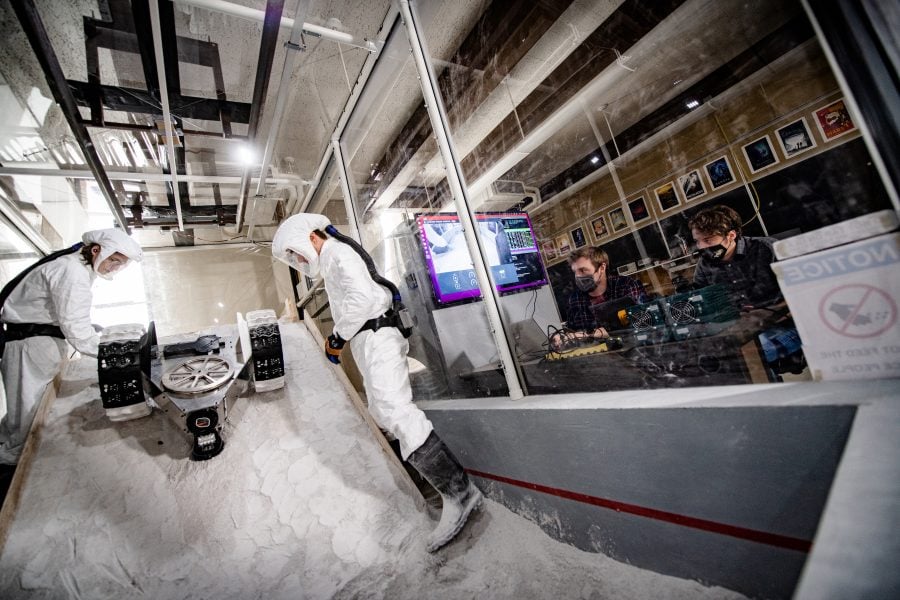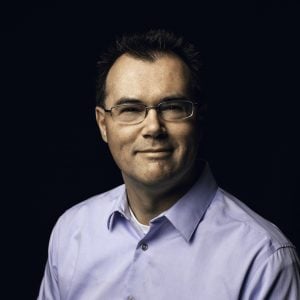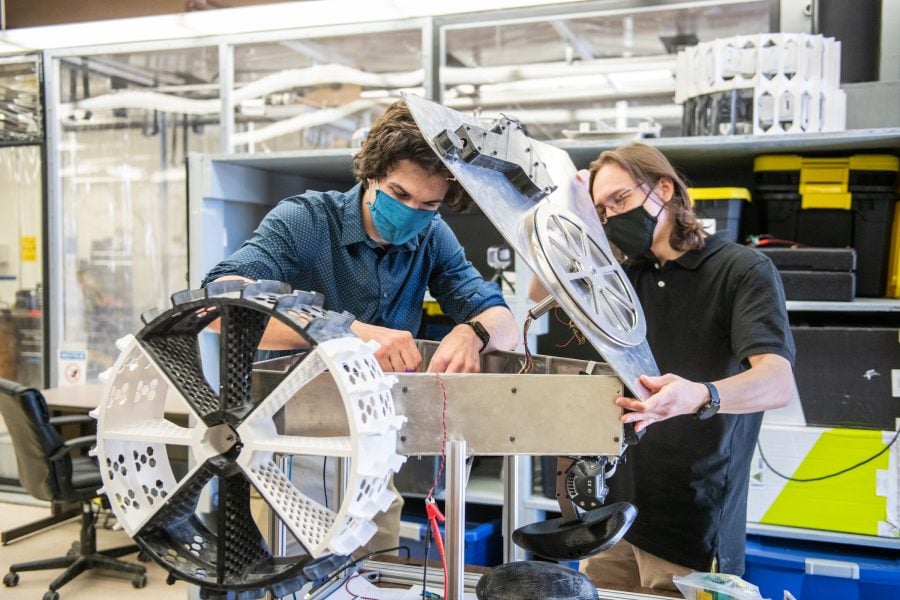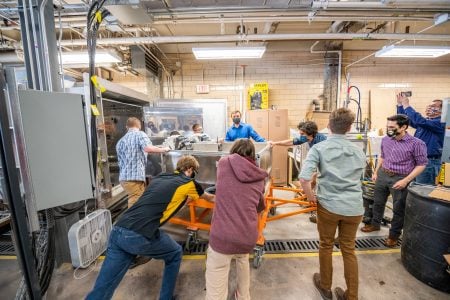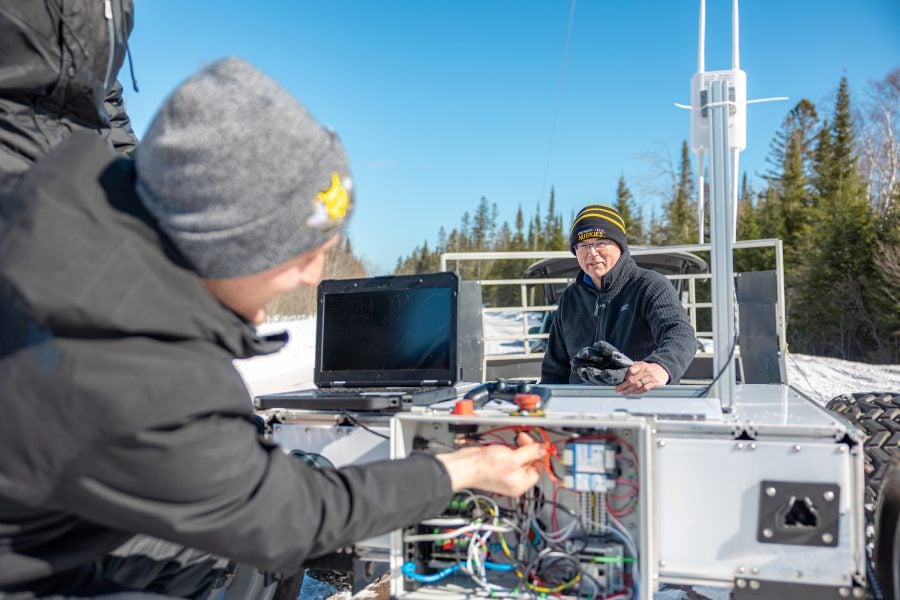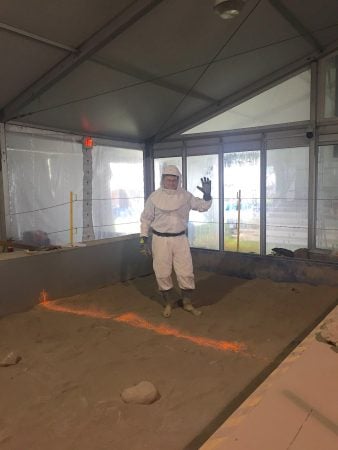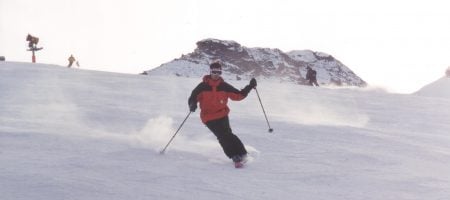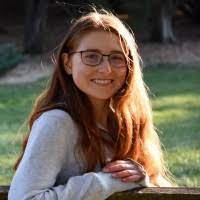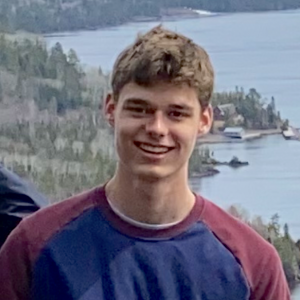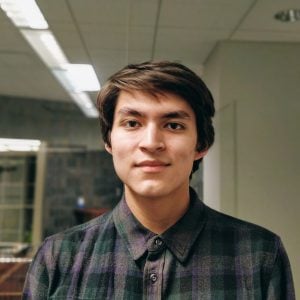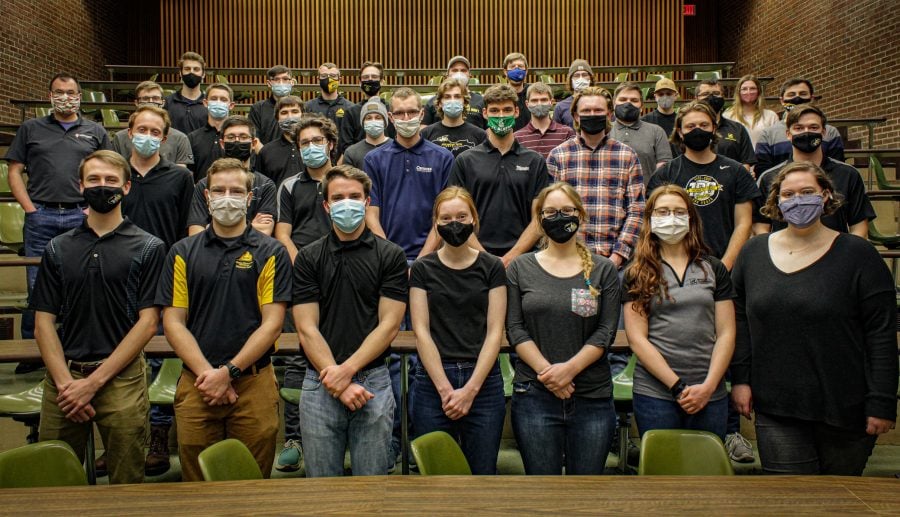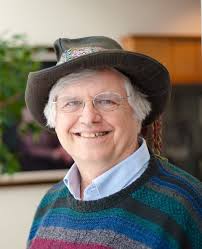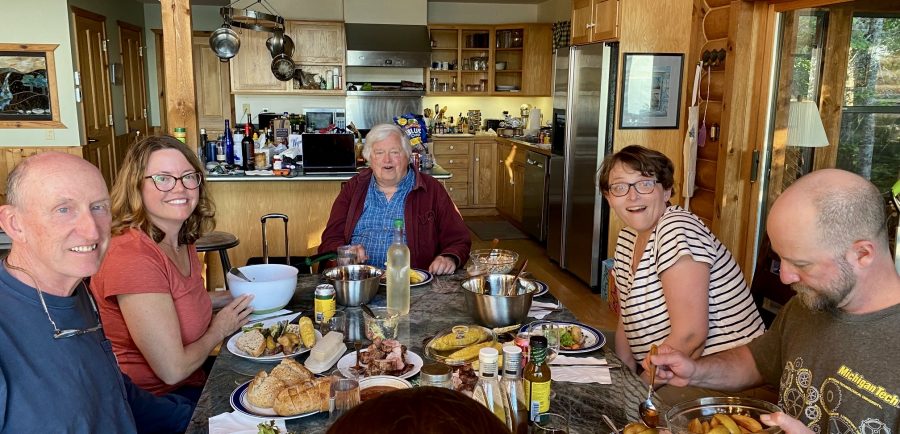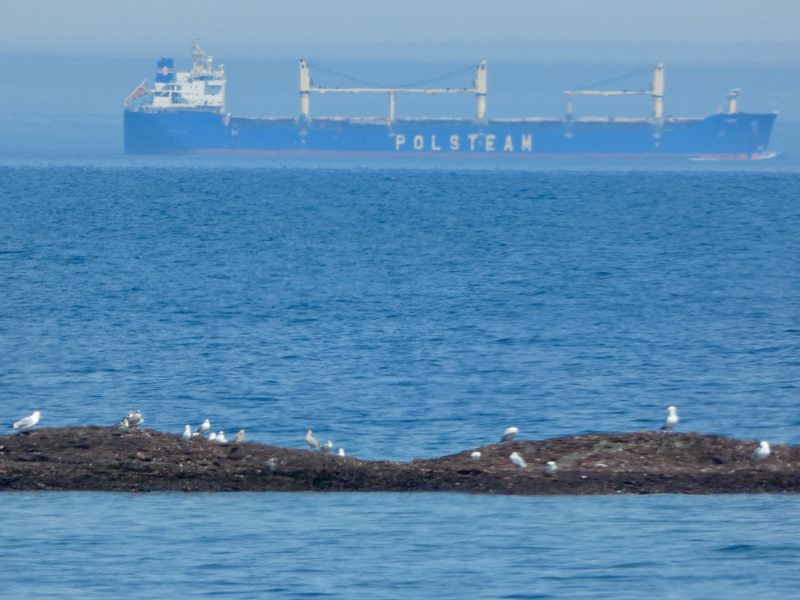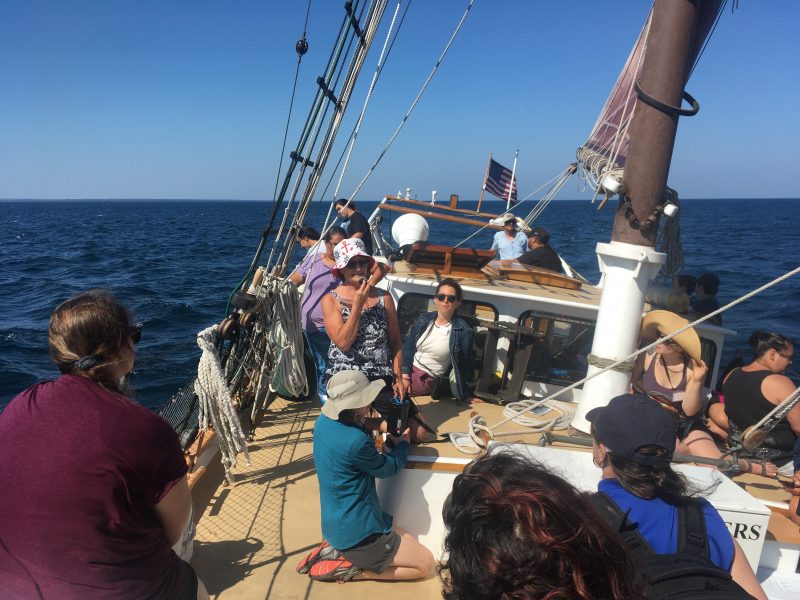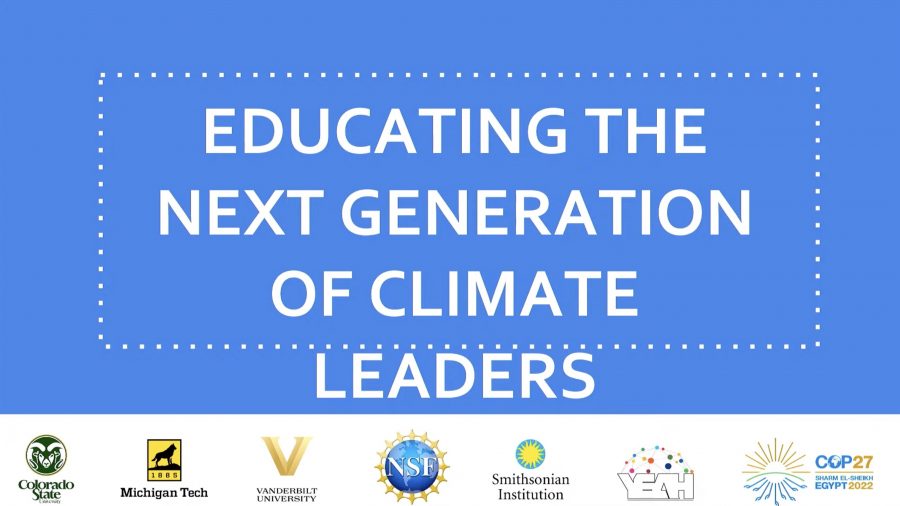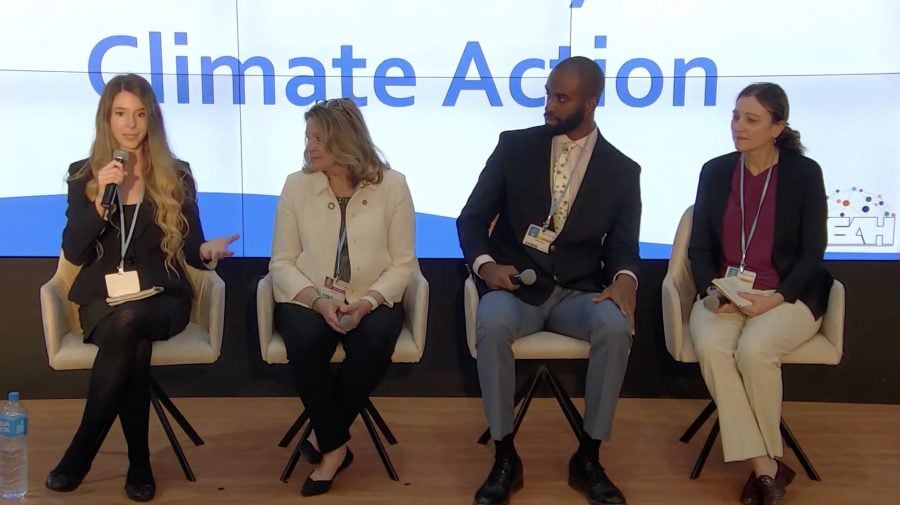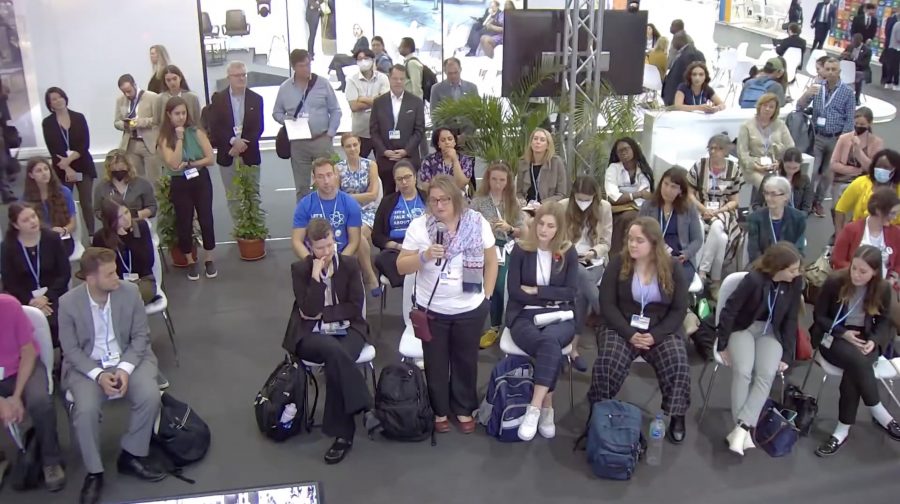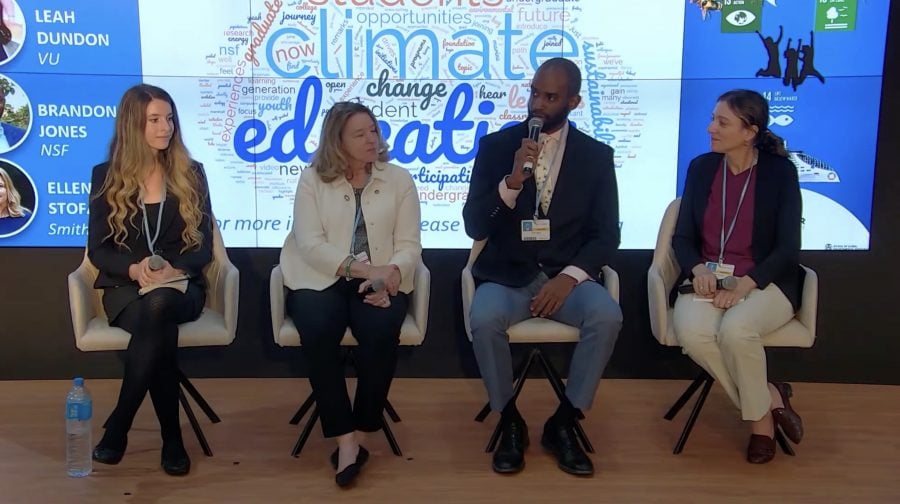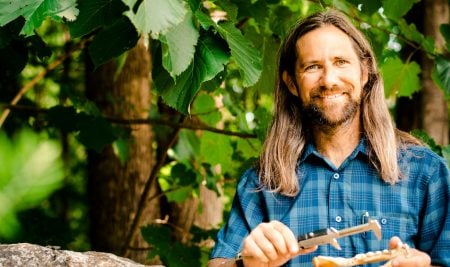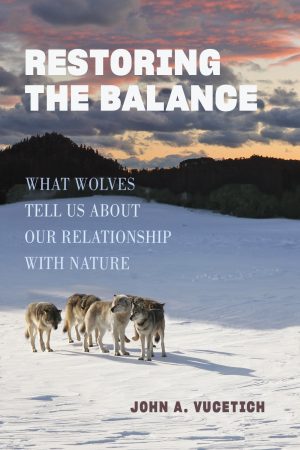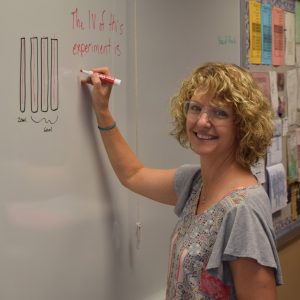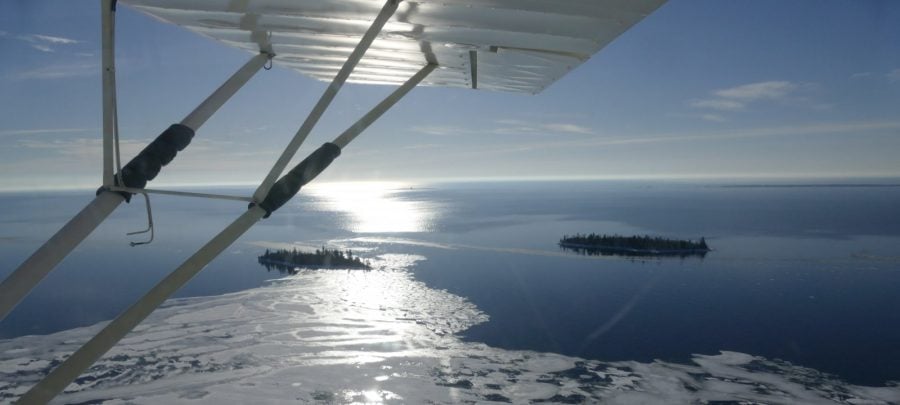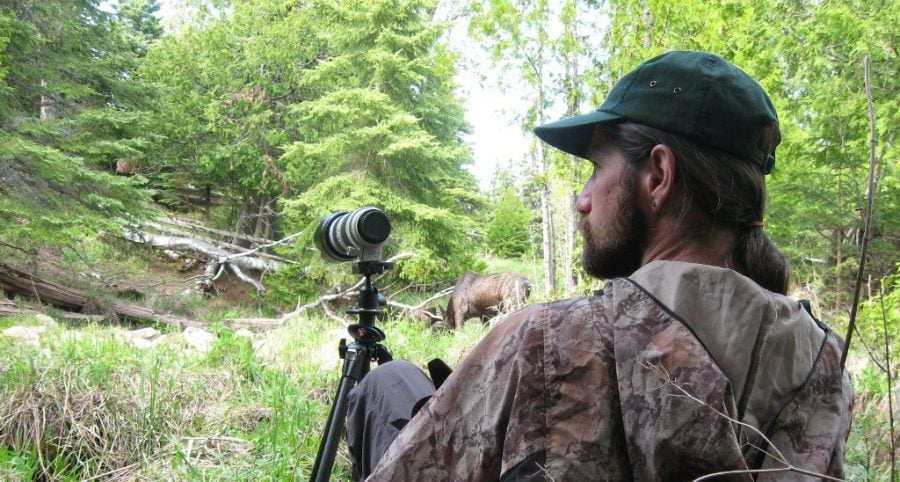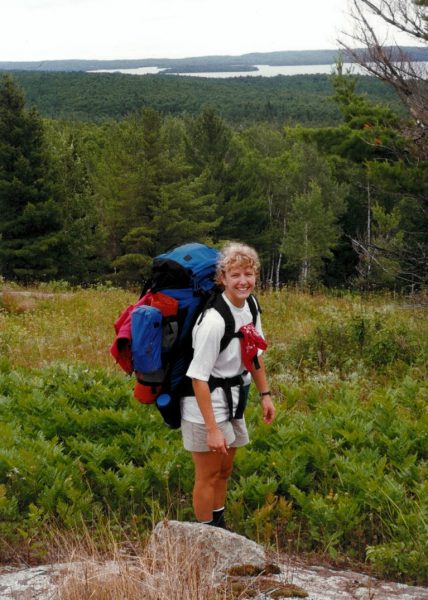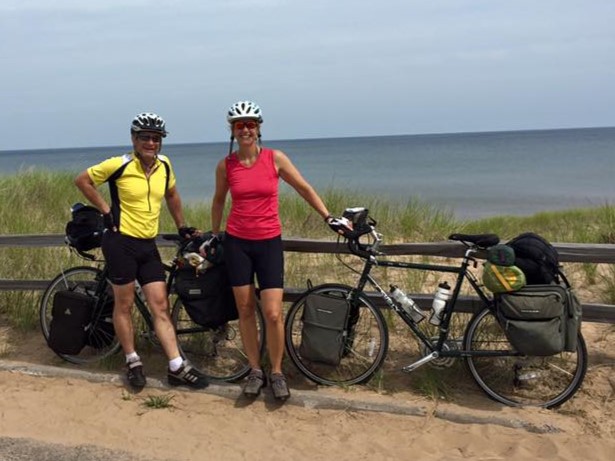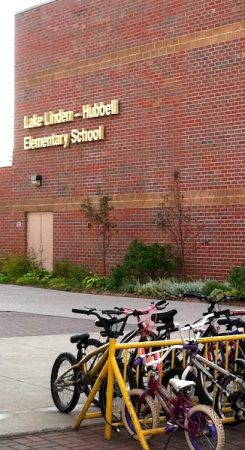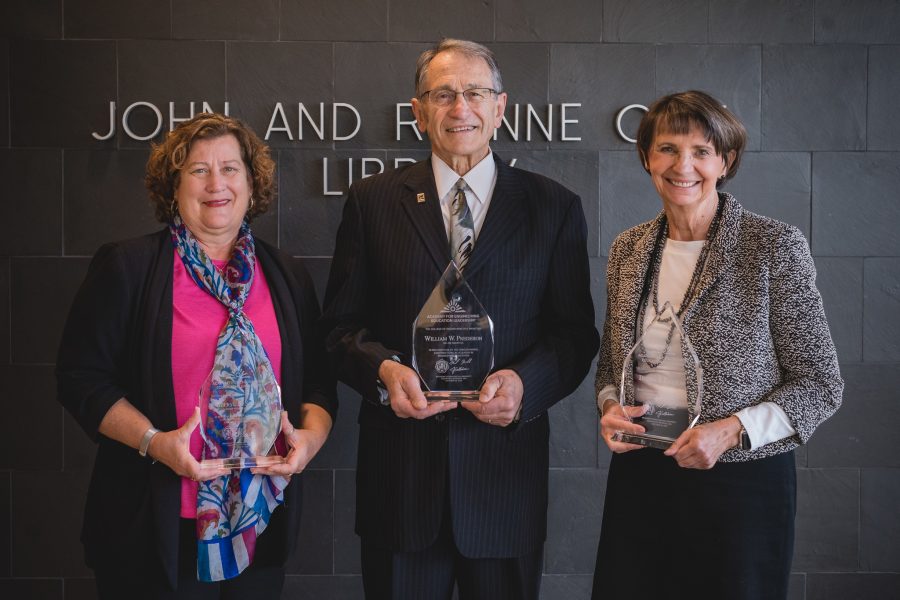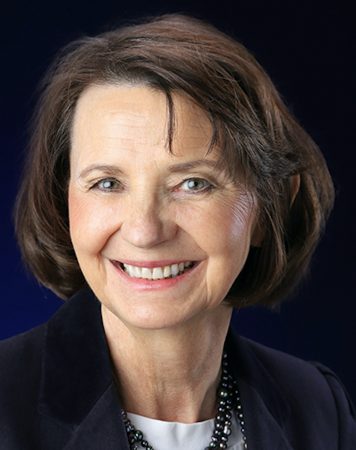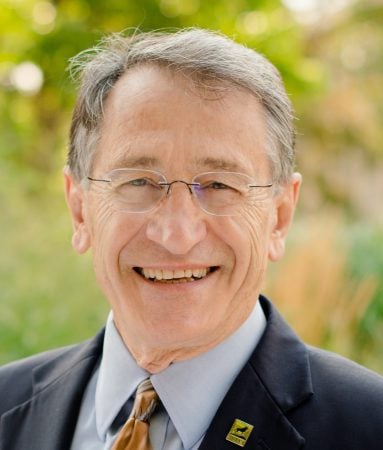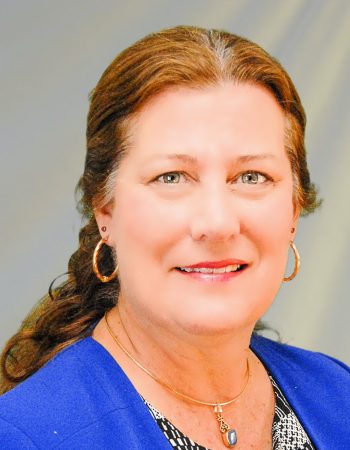
Craving some brain food, but not a full meal? Join us for a Bite!
Grab some dinner with College of Engineering Dean Janet Callahan and special guests at 6 p.m. (ET) each Monday during Husky Bites, a free interactive Zoom webinar, followed by Q&A. Have some fun, learn a few things, and connect with one another as Huskies and friends.
The series features special guests—engineering professors, students, and even some Michigan Tech alumni, who each share a mini lecture, or “bite”.
The Husky Bites Spring 2023 series kicks off Monday (Jan. 23) with “Sliding into the Future of Mont Ripley,” presented by Nick Sirdenis, General Manager, Mont Ripley Ski Area. He will be joined by Dan Dalquist, ski Instructor for the Mont Ripley Ski & Snowboard School, and Josie Stalmack, student president of the Mont Ripley Ski patrol. We’ll hear about some new features at Mont Ripley currently in the planning stage, plus one now in the works.
“Grab some supper, or just flop down on your couch. Everyone is welcome!”
Additional topics and speakers coming up this spring semester include Making Skis (Jeffrey Thompson ‘12); Winter Carnival Geospatial Imagery (Joe Foster); Digging it—Volleyball at MTU (Matt Jennings); Solar Energy in Cold Climates (Ana Dyreson); Money Matters and MTU’s Applied Portfolio Management Program (Dean Johnson); Enterprise—Consumer Products Manufacturing (Tony Rogers); Bio-inspired Designs (Bruce Lee); the A.E. Seaman Museum—120 Years (John Jaszczak); and Birdwatching—Quality of Life (David Flaspohler).
“We created Husky Bites for anyone who likes to learn, across the universe,” says Dean Callahan. “We aim to make it very interactive, with a ‘quiz’ (in Zoom that’s a multiple choice poll), about every 5-10 minutes. You’re bound to learn something new. We have prizes, too, for attendance.”
You can also catch Husky Bites each Monday night at 6 pm ET via livestream on our College of Engineering Facebook page.
Get the full scoop and register! Check out recordings of all past sessions, too.
Heard on Husky Bites…
The desire to explore space is what drives me. Very early in my studies I realized that the biggest impediment to space exploration is propulsion. Space is just so big it’s hard to get anywhere. So I dedicated my professional life to developing new space propulsion technologies. There is other life in our solar system. That is a declarative statement. It’s time that we find it. The moons of Jupiter and Saturn hold great promise and I’m determined to see proof in my lifetime.
Ever since grade school, I planned on being an engineer. At first, I wanted to work at mission control at NASA. Later, I wanted to make a difference in people’s lives. My mom and sister are nurses, and while I didn’t want to be a medical doctor, making medicines really intrigued me. Now as an engineer I can still make a difference without working directly with patients. I grew up in Pinconning, Michigan. My dad dropped out of school in 8th grade to help on the family farm. My parents instilled in me the importance of education and pushed me to get a bachelor’s degree. They were a little surprised when I took it so far as to get a doctorate degree.
Growing up I loved looking at a beautiful image of planet Earth, one with a very clear sky and blue water. However, as I began to learn how life on Earth suffers many difficult environmental problems, including air pollution and water contamination, I also learned that environmental engineers can be leaders who help solve the Earth’s most difficult sustainability problems. That is when I decided to become an engineer. The water quality and treatment classes I took were the toughest subjects for me. I had to work the hardest to understand the content. So, naturally, I decided to enter this discipline. And then, there’s our blue planet, the image. Water makes the Earth look blue from space.
I was born and raised in the City of Detroit. I went to Detroit Public Schools, and when I went to college I had to work to make ends meet. I got a job as a cook in the dorm, and eventually worked my way up to lead cook. I was cooking breakfast for 1,200 people each morning. One of my fellow classmates was studying engineering, too. He had a job working for a professor doing research on storm waves and beaches. I had no idea I could be hired by a professor and get paid money to work on the beach! I quit my job in the kitchen soon after, and went to work for that professor instead. My advice for students just starting out is to spend your first year exploring all your options. Find out what you really want to do. I had no idea I could turn a mechanical engineering degree into a job working on the beach. Turns out, I could—and I’m still doing it today.
I first became interested in engineering in high school when I learned it was a way to combine math and science to solve problems. However, I didn’t understand at the time what that really meant. I thought “problems” meant the types of problems you solve in math class. Since then I’ve learned these problems are major issues that are faced by all of humanity. As a chemical engineer I am able to combine my love of biology, chemistry, physics, and math to create fresh new solutions to society’s problems. One thing I love about MTU is that the university gives students tons of hands-on opportunities to solve real problems, not just problems out of a textbook. These are the types of problems our students will be solving when they go on to their future careers.
My Dad ran a turn-key industrial automation and robotics business throughout most of my childhood. In fact, I got my first job at age 12 when I was sequestered at home with strep throat. I felt fine, but couldn’t go to school. My Dad put me to work writing programs for what I know now are Programmable Logic Controllers (PLCs); the ‘brains’ of most industrial automation systems. By the time I was in high school I was teaching classes at the local library on computer building, repair, and this other new thing called ‘The Internet’. A career in STEM was a certainty. I ended up in engineering because I like to build things (even if only on a computer) and I like to solve problems (generally with computers and math).
The factors that got me interesting engineering revolved around my hobbies. First it was through BMX bikes and the changes I noticed in riding frames made from aluminum rather than steel. Next it was rock climbing, and realizing that the hardware had to be tailor made and selected to accommodate the type of rock or the type or feature within the rock. Here’s a few examples: Brass is the optimal choice for crack systems with small quartz crystals. Steel is the better choice for smoothly tapered constrictions. Steel pins need sufficient ductility to take on the physical shape of a seam or crack. Aluminum cam lobes need to be sufficiently soft to “bite” the rock, but robust enough to survive repeated impact loads. Then of course there is the rope—what an interesting marvel—the rope has to be capable of dissipating the energy of a fall so the shock isn’t transferred to the climber. Clearly, there is a lot of interesting materials science and engineering going on!
